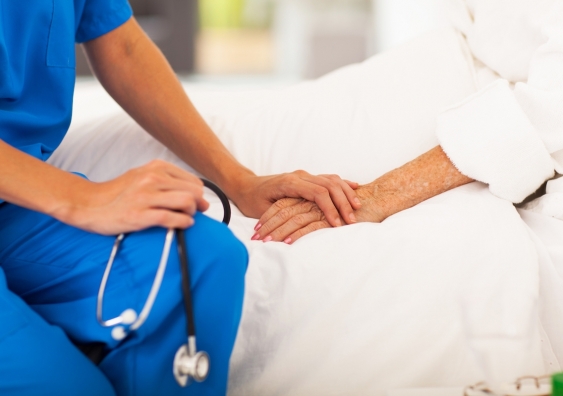
Introduction:
Negligence litigation stands as a critical component of the legal landscape, addressing instances where individuals or entities fail to meet their duty of care obligations, resulting in harm or injury to others. In this article, we delve into key legal insights surrounding negligence litigation, exploring its intricacies and implications.
Understanding Negligence:
At the heart of negligence litigation lies the concept of negligence itself, which refers to the failure to exercise reasonable care in a given situation. To establish negligence, plaintiffs must demonstrate that the defendant owed them a duty of care, that the defendant breached this duty through negligent conduct, and that the breach directly caused harm or injury to the plaintiff. This multifaceted framework forms the basis for negligence claims in litigation.
Legal Elements of Negligence:
Negligence litigation involves a careful analysis of various legal elements, each playing a crucial role in determining liability. These elements include duty of care, breach of duty, causation, and damages. Legal practitioners must meticulously evaluate the facts and evidence surrounding each element to build a compelling case for their clients.
Burden of Proof:
In negligence litigation, the burden of proof rests with the plaintiff, who must establish the defendant’s negligence by a preponderance of the evidence. This means that the plaintiff must demonstrate that it is more likely than not that the defendant’s conduct met the legal definition of negligence. Meeting this burden requires presenting persuasive evidence and compelling arguments to the court.
Legal Defenses:
Defendants in negligence litigation may assert various legal defenses to refute the plaintiff’s claims and avoid liability. Common defenses include contributory negligence, assumption of risk, and lack of causation. By raising these defenses, defendants seek to shift or mitigate their liability for the alleged negligence.
Role of Expert Testimony:
Expert testimony often plays a pivotal role in negligence litigation, particularly in cases involving complex issues or technical matters. Experts in relevant fields, such as medicine, engineering, or finance, may provide valuable insights and opinions to help the court understand the nuances of the case. Legal practitioners must effectively utilize expert testimony to support their arguments and strengthen their case.
Settlement Negotiations:
Many negligence cases are resolved through settlement negotiations outside of court. Settlements offer parties the opportunity to avoid the uncertainty and expense of trial while reaching a mutually agreeable resolution. Negotiating favorable settlements requires careful consideration of the strengths and weaknesses of each party’s case, as well as a willingness to compromise.
Legal Precedents:
Legal precedents established in previous negligence cases serve as valuable guidance for both plaintiffs and defendants in litigation. Courts often rely on precedent to interpret and apply negligence laws, shaping the outcomes of current cases. Legal practitioners must thoroughly research and analyze relevant precedents to build persuasive arguments and anticipate potential challenges.
Trial Proceedings:
In cases where settlement negotiations fail to reach a resolution, negligence litigation may proceed to trial. Trials involve presenting evidence, examining witnesses, and making legal arguments before a judge or jury. Legal practitioners must meticulously prepare for trial, marshaling evidence and crafting persuasive arguments to advocate for their clients’ interests.
Appeals and Post-Trial Motions:
Following a trial verdict, parties may pursue appeals or post-trial motions to challenge the outcome or seek relief from adverse rulings. Appeals involve presenting legal arguments to a higher court, while post-trial motions may seek to set aside a verdict or obtain a new trial based on legal errors or newly discovered evidence. Legal practitioners must navigate these appellate processes with skill and diligence to pursue their clients’ interests effectively.
Conclusion:
Negligence litigation encompasses a complex array of legal principles and procedures, requiring careful navigation by legal practitioners. By understanding the key legal insights surrounding negligence litigation, practitioners can effectively advocate for their clients’ interests and navigate the complexities of the legal system with confidence. Read more about negligence litigation





